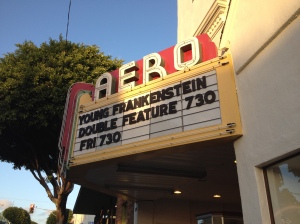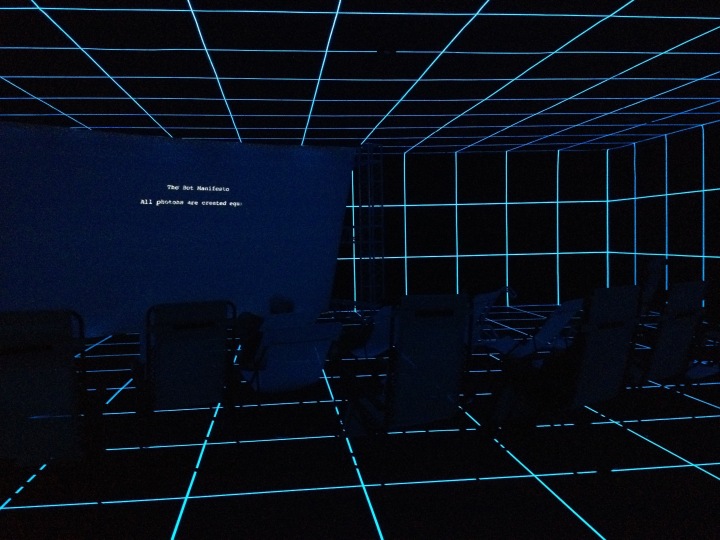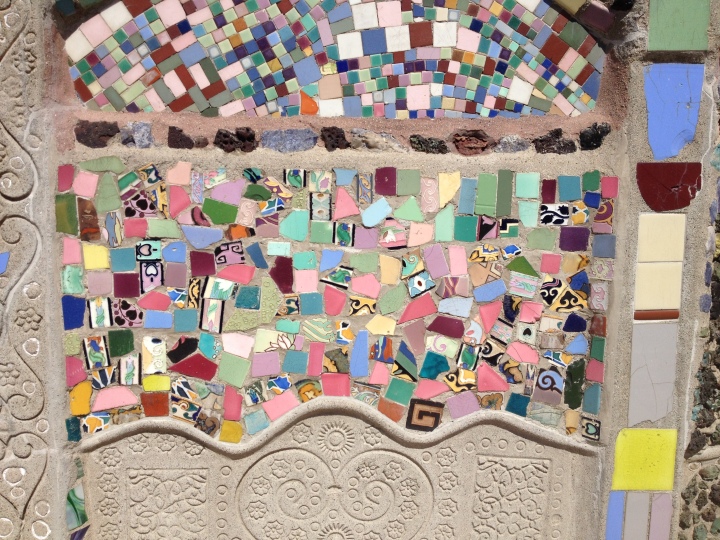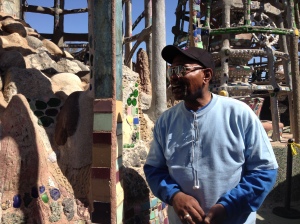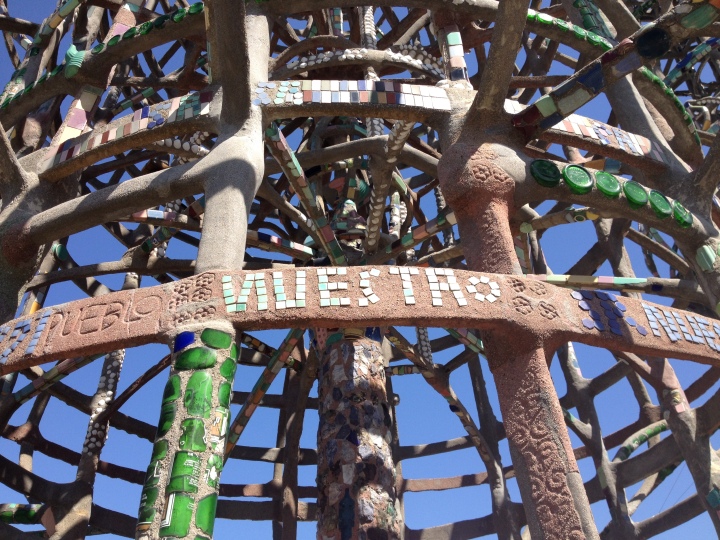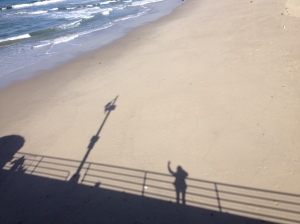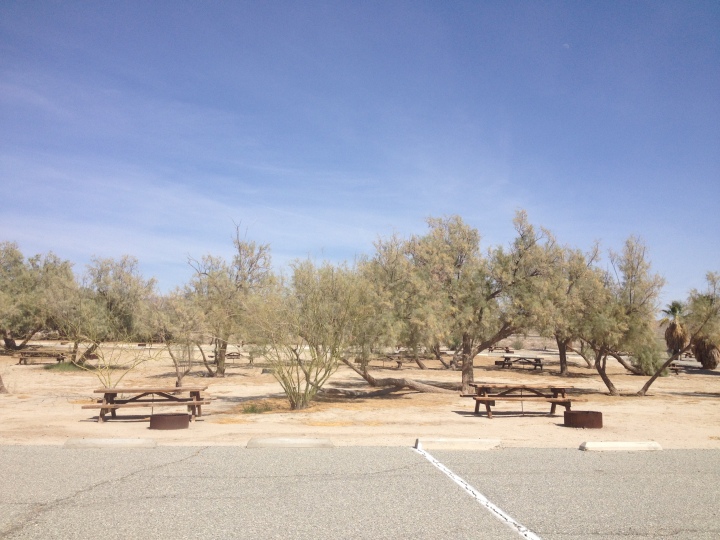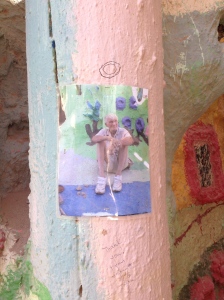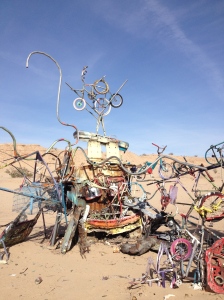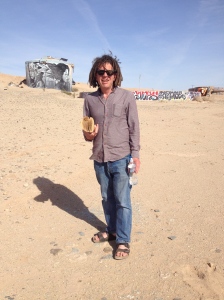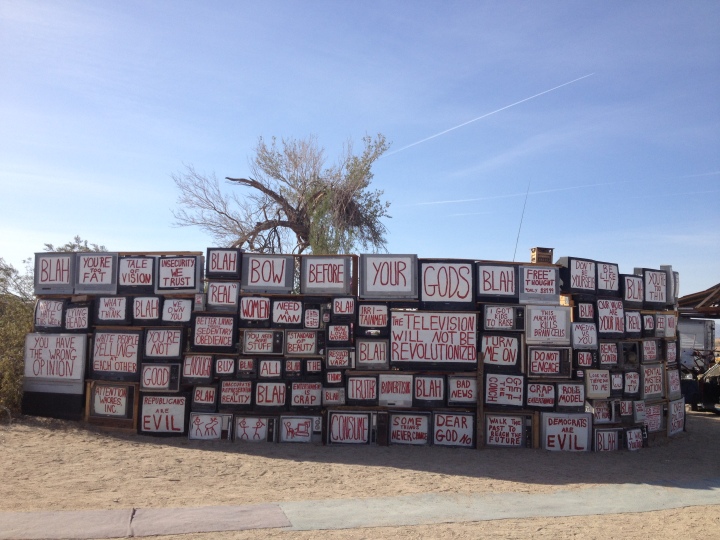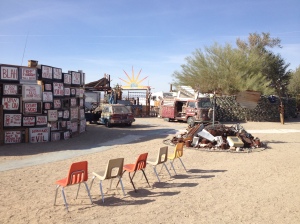This was published March 29, 2016 in JSTOR Daily
We’ve all met them. They’re about two or three feet tall and clinging onto the legs of an adult, usually those of their mother or father. I’m talking here about shy children. Despite their existence in our midst, we have come to treat them as suspicious, unknowable, and secretive. They’re the ones secretly sticking pins into dolls, voodoo-style.
As the mother of a shy child, I felt unnerved by the reactions of adults around me to my daughter’s quietness. She was happier hiding inside my coat than belting out show tunes or piping up at dinner parties about the wonderfulness of the food. When she was almost three years old, I took her to a child psychologist to discuss her shyness. So many adults in my orbit had told me they felt she was “too shy for her age” or that she wasn’t “outgoing enough.” They worried on my behalf that she was “too clingy” and wasn’t giving them enough eye contact. There were grumblings about Asperger’s or autism.
After several visits with the child psychologist, I discovered that my daughter’s introversion caused her no distress, but it drove the adults around her crazy. By shining a light on the adults in her orbit, I was able to see their—and my—limitations, and was finally able to put the issue into perspective.
I began to observe some of the adults that my daughter came into contact with. The ones who expected her to speak like an adult were bound to be disappointed. When she was three, I remember someone asking her benignly how she was. She remained silent and stony faced. She had no idea how she was. She just was in that way children just are.
And this is where I want to make a larger point, one that has been made in books like Susan Cain’s Quiet: The Power of Introverts in a World That Can’t Stop Talking: Children should be allowed to be introverted. Being quiet is not an illness needing a cure. Pushing a child to conform to the stereotype of the precocious youngster who talks like an adult—a norm seen in many TV shows and children’s films—is not a healthy societal norm.
Society’s desire to foster an extrovert nature in children comes with serious consequences: In the United States, shyness in children is now being seen as a disorder. And the minute a psychological state is defined as a disease, it opens the door for drug companies to find pharmaceutical treatments. The American bible of psychiatric disorders, the Diagnostic and Statistical Manual of Mental Disorders (DSM), which is regularly updated and used by mental health professionals across the country, now lists “severe, prolonged crying or tantrums,” “shrinking away from other people,” and “extreme clinging and not being able to speak in social situations” as symptoms of Social Anxiety Disorder, which can be treated with drugs.
If I had seen a child psychologist in the US, instead of the UK where I was living at the time, my daughter may have been prescribed a drug from a group of medications called Selective Serotonin Reuptake Inhibitors such as fluoxetine (Prozac). Or she may have been given one of a number of antidepressants currently used on children. Medicalizing shyness is becoming more frequent as the symptoms of a normal and healthy introversion are being interpreted as symptoms of a pathology. The drugs that are commonly prescribed to treat the symptoms of social phobia have side effects, some of which are depression, which in turn can lead to suicide. Is this where we want to be pushing our quietest children?
Despite the fact that children tend to outgrow shyness, we continue to medicate against it. Later in life, shy children gravitate toward intellectual careers, often choosing scientific fields. As the respected developmental psychologist Alice Sterling Honig wrote in the peer-reviewed journal Young Children, “Inhibited children avoided dangerous activities and social situations, conformed to parental demands, and were minimally aggressive.” What’s so terrible about that? In a 30-year study of children first seen in a psychiatric clinic for being shy, withdrawn, or hypersensitive, it was found that these children were less likely as adults to develop schizophrenic illnesscompared to children seen for other reasons.
So why are we so afraid of being confronted by children whose response to strange people or situations is one of quiet observation? It seems to me that we are pathologizing seriousness, sensitivity, and a healthy scepticism in children, when in fact we should be doing the opposite. A society that takes an almost unhealthy glee in violence, whose news channels peddle fear, and whose reality TV shows bask in humiliation (while brashly advocating fame, pleasure, and getting rich) is a society that needs the quiet people to step back, think about things, and put them into some kind of perspective.
Author and academic Christopher Lane, in his book Shyness: How Normal Behavior Became a Sickness, believes that there is a sinister link between the medicalization of shyness and the drug companies who promise pharmaceutical salvation from social anxiety, even when displayed in children. When a group of psychiatrists rewrote the DSM in the 1970s, it grew from a thin, spiral-bound handbook to a 600-page tome as the list of disorders and their treatments grew and grew. The growth of this doorstop is not only a metaphor, but also a physical reminder of the medicalization of psychiatry. Lane argues that by pathologizing certain disorders—shyness among them—Big Pharma is able to capitalize on and make money from the human condition.
Over the past eight years, during which I have watched my daughter grow, I have realized that being the gregarious and outgoing mother of a child who is so different from me is actually a gift. I have never seen her as a miniature version of myself. I have never seen her really as mine. I have always seen her as a distinct person who is on loan to me. By allowing her to flourish at her own pace, in her own way, I hope I have also encouraged her to hone the skills needed to find out who she is, to carve her place in the world.
We don’t need more medication for children; we need less homogeneity and more acceptance of differing norms. Whether they are quiet or loud, introverted or extroverted, every child deserves to occupy a space created by him or her and for him or her. They do not need drug companies to turn them into replicas of the adult population, many of whom are also medicated. Allowing children to be who they need to be is difficult and takes time. And, of course, time is money. Sticking a pill down a child’s throat is quick and easy. But who ever said the easy road was the right one, especially when it comes to raising healthy children?
JSTOR CITATIONS
Merrill-Palmer Quarterly, Vol. 51, No. 4 (2005), pp. 437-466
Wayne State University Press
Behaviour, Vol. 69, No. 3/4 (1979), pp. 228-254
Brill
BY: ALICE STERLING HONIG
Young Children, Vol. 42, No. 4 (1987), pp. 54-64
National Association for the Education of Young Children (NAEYC)




